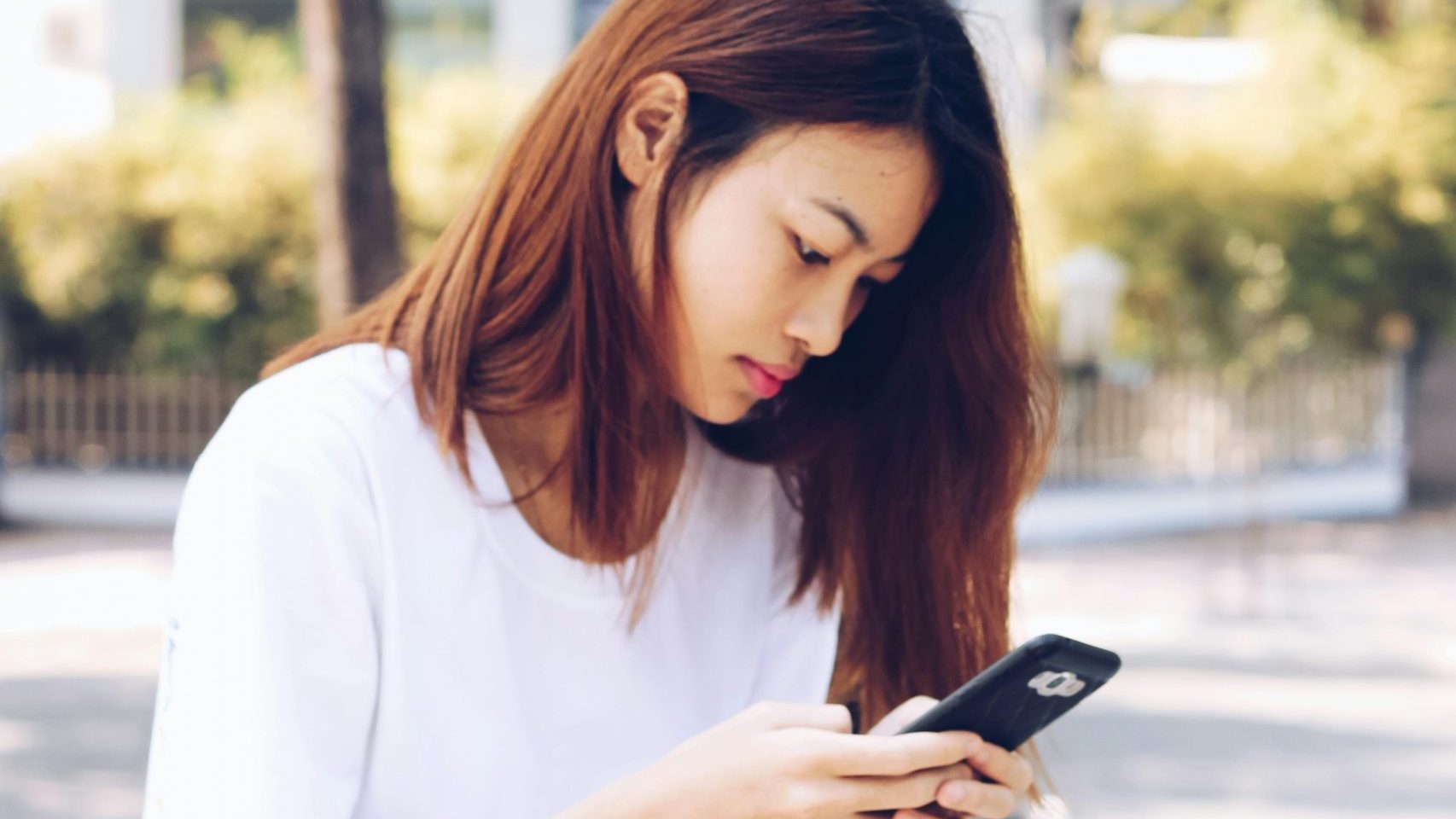SINGAPORE: In today’s fast-paced world, disconnecting seems almost impossible. For 17-year-old Audrey Yeap, spending 6 to 7 hours daily in front of a screen has become second nature. Most of her screen time is devoted to schoolwork, but like many of her peers, Audrey’s habits reflect a much broader trend among teenagers.
A recent survey by Channel News Asia and the Institute of Policy Studies revealed that teenagers aged 13 to 19 spend nearly 8.5 hours daily on electronic devices, using them for educational, recreational, and social purposes. With the rise of smartphones and computers and the constant influx of digital content, these habits are beginning to harm youth’s mental and physical well-being.
The surprising amount of time spent on screens
According to the survey, a typical teen spends nearly three hours daily using screens for educational purposes and another two hours for entertainment. Smartphones have emerged as the primary culprits, accounting for almost 3.5 hours of daily screen time, closely followed by computers and laptops at about three hours.
But it’s not just about the time spent online. Stress is a significant factor contributing to the rise in screen usage, with 58.8% of teens admitting they turn to their devices as a coping mechanism for negative emotions. Procrastination is another common outcome of excessive screen time, with roughly half of teens acknowledging that their digital habits often delay essential tasks.
Like many teenagers, Audrey often juggles multiple devices at once, from watching Netflix on the TV to scrolling through TikTok on her phone and listening to YouTube videos on her laptop. “It brings me adrenaline… It brings me energy,” she said, describing the rush of simultaneously engaging with multiple platforms.
The consequences of digital overload
While Audrey may enjoy the excitement, experts are increasingly concerned about the consequences of such digital overload. Dr Natalie Games, a senior clinical psychologist, warns that excessive screen time, particularly on social media, can hinder teenagers’ emotional growth and cognitive development. She explains that as teens transition from a phase of exploration to a period of specialization, too much time on devices can prevent them from engaging in the necessary activities to foster their psychological and emotional well-being.
The rapid dopamine hits from endless scrolling can provide temporary satisfaction. Still, Dr Games emphasizes the following negative comedown, leaving teens with a sense of emptiness when they step away from their screens. This emptiness can contribute to feelings of isolation and disconnection, with Audrey admitting that extended TikTok sessions sometimes leave her feeling guilty or inadequate.
Finding a balanced approach to screen time
As concerns over screen time continue to rise, teens and their parents feel the pressure. The survey found that 62.5% of teens find it difficult to reduce their device usage, and nearly the same proportion of parents share this struggle. However, despite these challenges, 64% of teens believe they spend the right time on screens, while 42% of parents feel their children are online too much.
To combat this, new initiatives, such as Singapore’s Grow Well SG strategy, are being launched to regulate screen usage, especially for younger children. The initiative encourages schools and preschools to limit device use during mealtimes and before bed. Experts also recommend that parents lead by example, setting limits for their screen time to teach healthy habits.
Setting boundaries has become essential for Audrey. Her mother has even stepped in to help enforce these limits, setting a password to prevent Audrey from bypassing the restrictions. Audrey’s father, Alan Yeap, believes a balanced approach is key. “Teens have grown up with technology,” he said. “It’s about balancing the positives and negatives of being on screens.”
As the digital landscape continues to evolve, finding this balance will be crucial in ensuring teens can make the most of technology without sacrificing their mental health and well-being.

